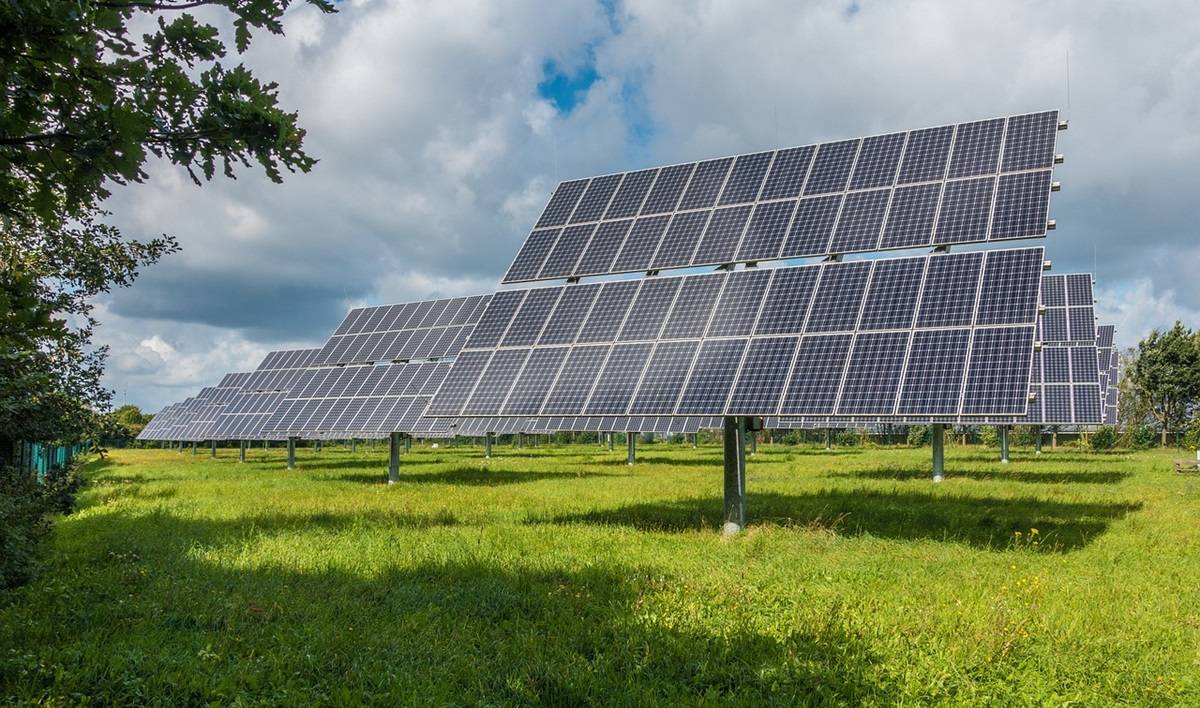
The International Energy Agency (IEA) released a new special report on May 30, 2024, emphasizing that accelerating the transition to clean energy technologies can significantly enhance the affordability of energy and alleviate broader cost-of-living pressures. Titled, “Strategies for Affordable and Fair Clean Energy Transitions” the report shows how steering the world towards net-zero emissions by 2050 demands increased investment but ultimately cuts the operating costs of the global energy system by more than half over the next decade compared to current policy trajectories. This shift promises a more equitable and affordable energy landscape for consumers.
The report underscores that many clean energy technologies already outcompete conventional fuels like coal, natural gas, and oil over their lifetimes. Solar photovoltaic (PV) and wind energy are now the cheapest options for new power generation. Electric vehicles (EVs), even those with higher initial costs, generally offer savings through reduced operating expenses. Similarly, energy-efficient appliances like air conditioners deliver cost benefits over their operational lives.
However, realizing these advantages requires substantial upfront investments, particularly in emerging and developing economies where clean energy projects often face real or perceived risks that hinder financing. Current global energy system distortions, including substantial fossil fuel subsidies, further complicate these investments. In 2023, governments worldwide spent approximately $620 billion on fossil fuel subsidies, vastly overshadowing the $70 billion allocated for consumer-facing clean energy investments, according to the IEA.
Faster transitions to renewable energy sources such as solar and wind, which have lower operational costs than fossil fuels, would eventually benefit consumers. Retail electricity prices, typically more stable than oil prices, offer more predictable costs. As clean energy technologies become more widespread, electricity will become the primary benchmark for consumer energy expenses, replacing oil products. By 2035, electricity is projected to overtake oil as the dominant energy source in final consumption, driven by the increased adoption of EVs, heat pumps, and electric motors across transport, buildings, and industry.
The global energy crisis of 2022 saw consumers spend nearly $10 trillion on energy—averaging more than $1,200 per person—despite subsidies and government emergency support. This marked a 20% increase over the previous five-year average, with the burden falling heaviest on the most vulnerable populations. The IEA report suggests that targeted incentives and support for poorer households can enhance the adoption of clean energy technologies, enabling all consumers to benefit from cost savings while advancing global energy and climate objectives.
The report proposes several measures for governments to make clean energy technologies more accessible. These include energy efficiency retrofit programs for low-income households, mandates for utilities to fund efficient heating and cooling systems, availability of highly efficient appliances, affordable clean transport options (including support for public transport and second-hand EV markets), and replacing fossil fuel subsidies with direct cash transfers to the most vulnerable. Additionally, revenues from carbon pricing could address social inequalities during energy transitions.
Addressing existing inequities in the energy system is critical, as nearly 750 million people in emerging and developing economies still lack access to electricity, and over 2 billion people lack clean cooking technologies. In advanced economies, the poorest 10% of households spend up to a quarter of their disposable income on home and transport energy, despite consuming less than half as much energy as the wealthiest 10%.
The IEA report also warns of potential price shocks during clean energy transitions, urging governments to remain vigilant against new risks to energy security and affordability.
Geopolitical tensions, extreme weather events, and cyberattacks pose significant threats, making investments in grid resilience, flexibility, and digital security crucial to a stable energy future.
















